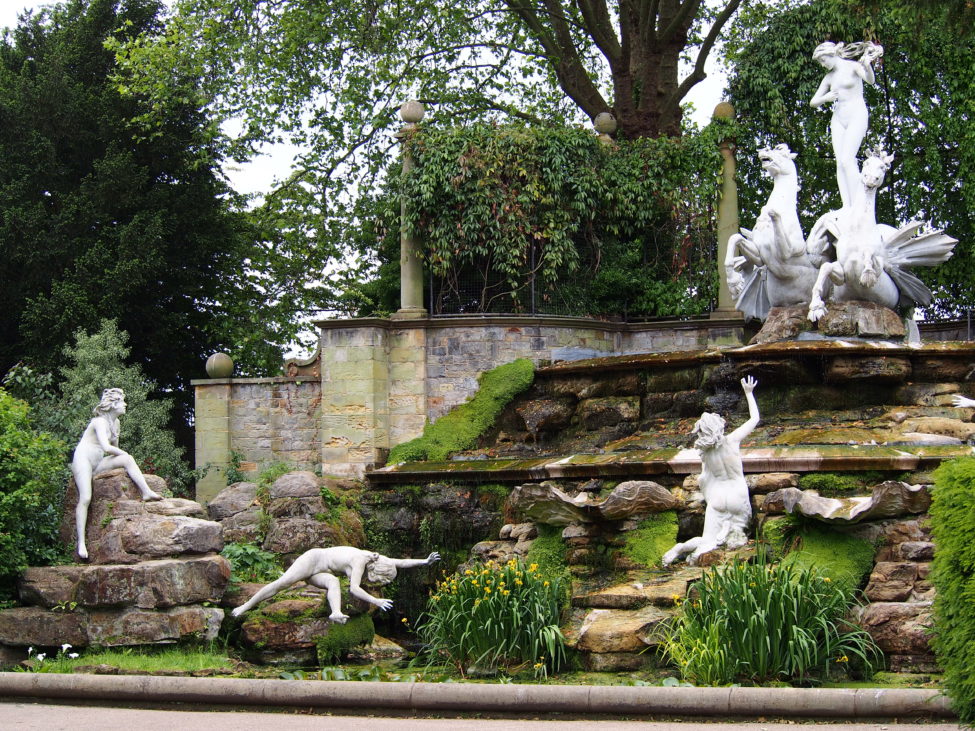Wegdam revisited

Het Actueel Hoogtebestand Nederland geeft een duidelijk beeld van het bergje in de bosrand op Wegdam, nabij Goor. Er zijn elders hoogteverschillen te zien die erop lijken te duiden dat er ooit een sterrenbos kan zijn geweest.
Het Actueel Hoogtebestand Nederland geeft een duidelijk beeld van het bergje in de bosrand op Wegdam, nabij Goor. Er zijn elders hoogteverschillen te zien die erop lijken te duiden dat er ooit een sterrenbos kan zijn geweest.








